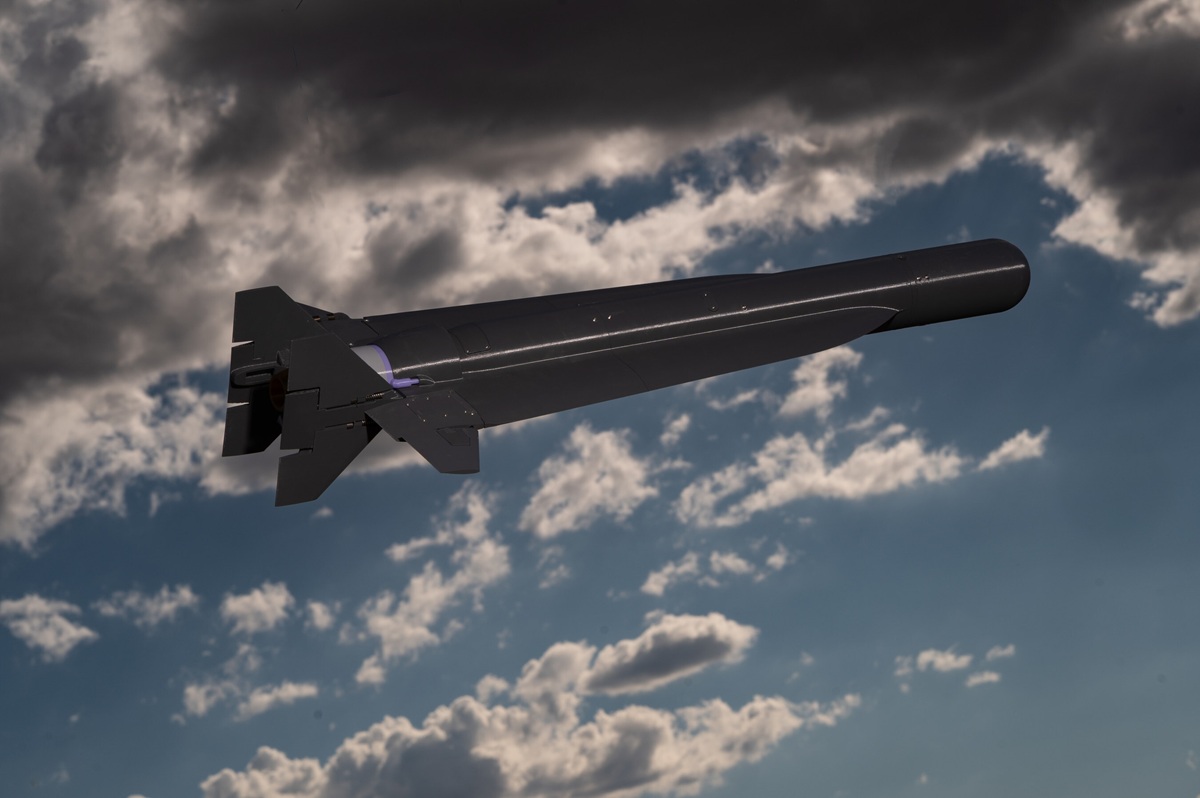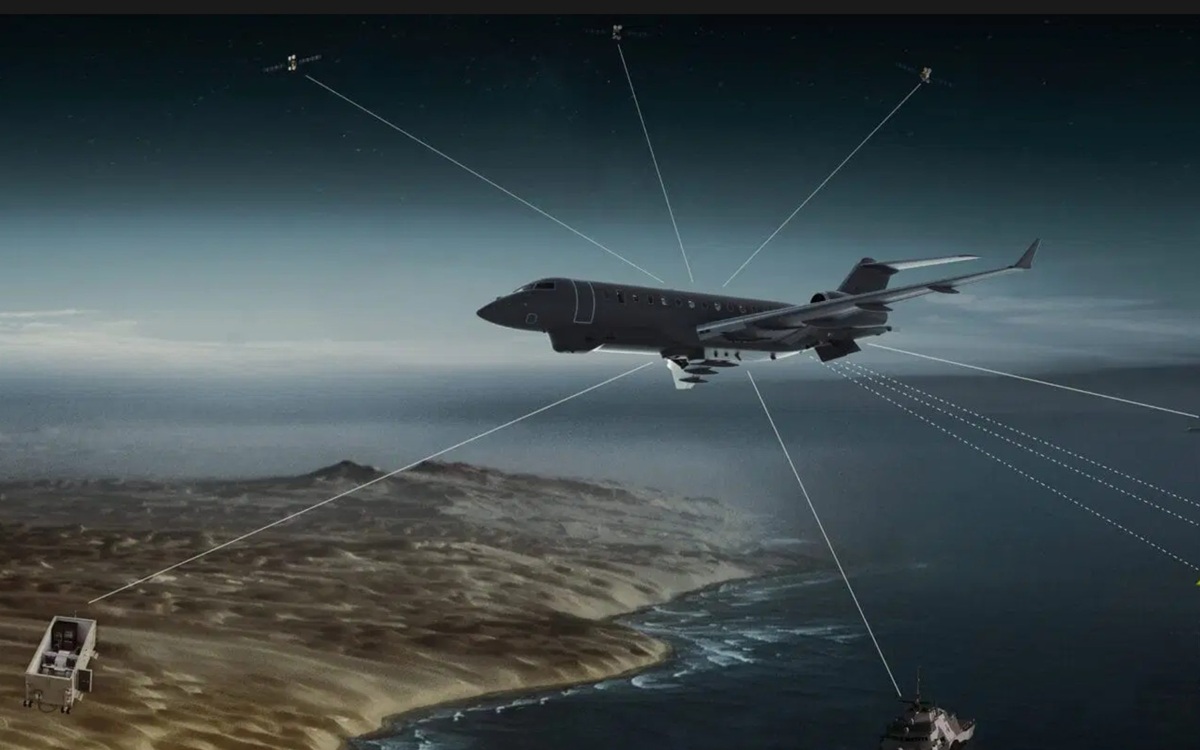HUNTSVILLE, Alabama: In a significant stride toward next-generation battlefield mobility and defense, Cummings Aerospace has successfully completed a flight test of its Hellhound S3, a 3D-printed, man-portable loitering munition that offers extended range, modular payload capability, and the agility to counter enemy drones.
During the latest test at Oregon’s Pendleton UAS Range, the compact drone demonstrated a loitering range of over 30 kilometers (18 miles) while carrying an inert warhead — and landed with more than half of its fuel remaining. Engineers concluded that this implies a total potential range surpassing 60 kilometers (roughly 37 miles), a significant advancement that more than doubles the endurance typically expected from portable loitering systems.
“This test validates Hellhound S3’s persistent loitering capability at extended ranges,” said Sheila Cummings, founder and CEO of Cummings Aerospace. “That range, combined with its speed and modularity, positions Hellhound as ideally suited for both offensive loitering missions and counter-drone defense against medium-class threats such as the Shahed.”
Precision and Power in a Portable Frame
Designed as a man-portable drone weapon system weighing under 25 pounds, Hellhound S3 integrates vehicle, launch canister, and control systems into a single-soldier deployable package. Despite its compact size, the drone achieves speeds up to 80 meters per second (around 180 miles per hour) during cruise, with an upper performance threshold documented at 384 miles per hour. The aircraft’s flexible flight envelope enables both rapid interception engagements and endurance loiter missions.
Cummings Aerospace engineers attribute much of this performance to the system’s modular open architecture and 3D printing innovations, which dramatically accelerate design iterations and reduce manufacturing costs. This digital engineering approach enables the system to quickly evolve based on testing insights and field feedback from deployed troops.

Results Confirm Breakthrough Efficiency
The September 18 test followed a sequence of events replicating real mission conditions: a vertical canister launch, transition to target zone, and sustained loitering in figure-eight patterns while maintaining stable flight and telemetry transmission. All mission objectives — including endurance verification, payload stability, and fuel-efficiency metrics — were achieved.
According to company engineers, the drone’s performance underscores how additive manufacturing and commercially approved components can yield advanced, yet cost-efficient, defense solutions. The test also marks progress under the Department of War’s initiative to strengthen U.S. drone capabilities through modular designs and distributed manufacturing networks.
Features That Redefine Modern UAS Capabilities
The Hellhound system stands apart in its adaptability and affordability. Key differentiators include:
- Payload Flexibility: Supports multiple mission configurations — from warheads and electronic warfare packages to surveillance payloads. Soldiers can swap payloads in under two minutes without tools.
- Affordability: Combining 3D printing with certified commercial parts ensures lower production costs and simplified logistics.
- Reliability: The platform has achieved both Technology Readiness Level 7 (TRL-7) and Manufacturing Readiness Level 7 (MRL-7), confirming operational maturity and production readiness.
Beyond performance metrics, this technology also enhances U.S. infantry mobility, enabling frontline platoons to deploy precision strike or counter-UAS tools independently, without reliance on larger vehicles or heavy equipment.
Next Steps and Future Missions
Cummings Aerospace plans to expand testing over the coming months to validate automatic target recognition (ATR) algorithms and refine hunter-killer operational concepts for the Hellhound family of systems. Additional demonstrations are scheduled for U.S. Army and Department of War representatives across varied mission environments.
The company’s Hellhound series includes several specialized variants: the S3, a Group 1 system designed for man-portable use, and the S4, a Group 2 UAS aimed at gap-filling ISR operations — such as supporting protective systems like Golden Dome.
Headquartered in Huntsville, Alabama, Cummings Aerospace — a Native American, woman-owned small business — continues to serve as a prime example of American engineering innovation. With expertise in missile systems, hypersonic technologies, radars, and flight control systems, the company is positioning itself as a leader in responsible weapons modernization.
The success of the Hellhound S3 trial signals not only a victory for Cummings Aerospace but a pivotal advancement in 3D-printed battlefield systems, demonstrating that agility, affordability, and lethality can co-exist in a single rapid-deploy platform.





